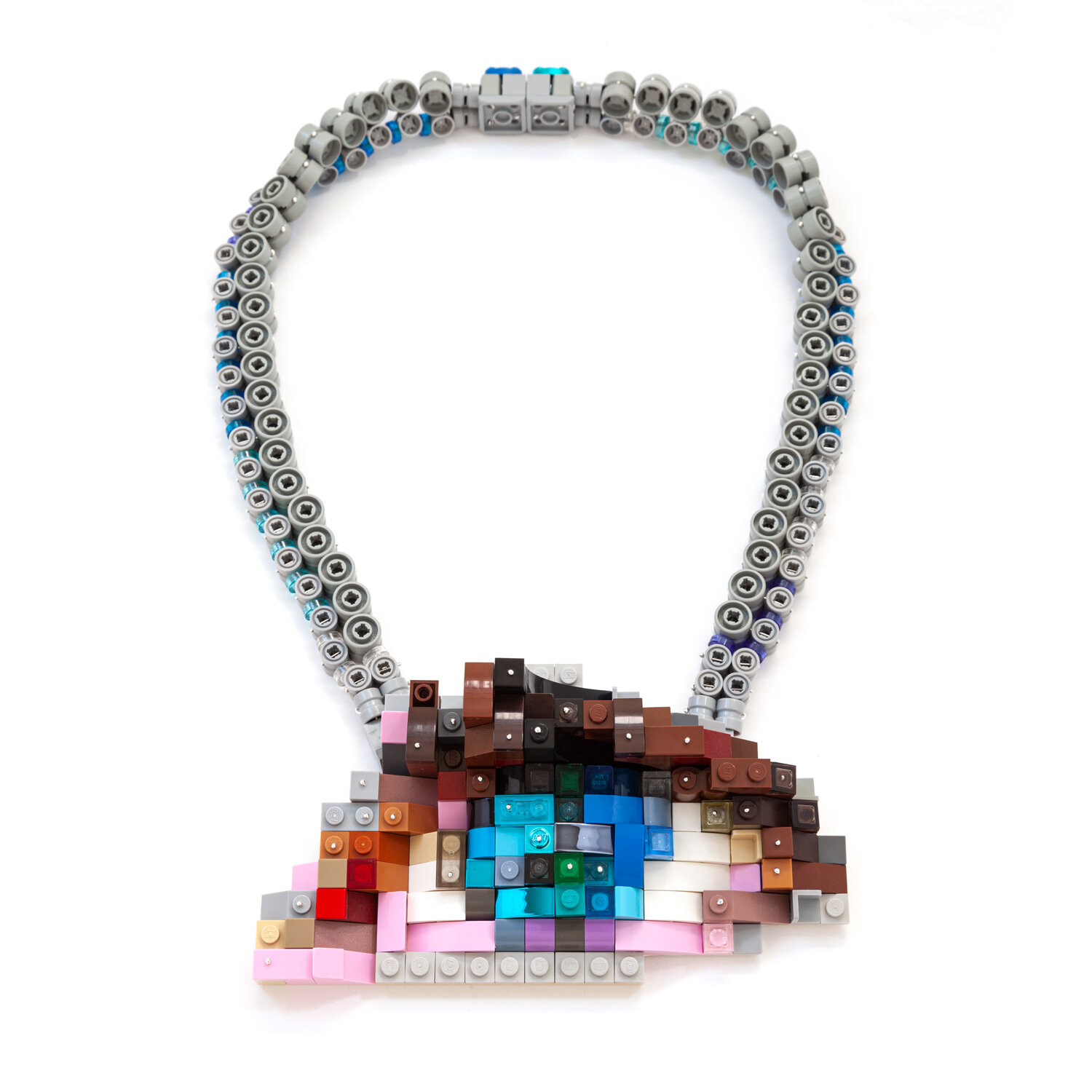
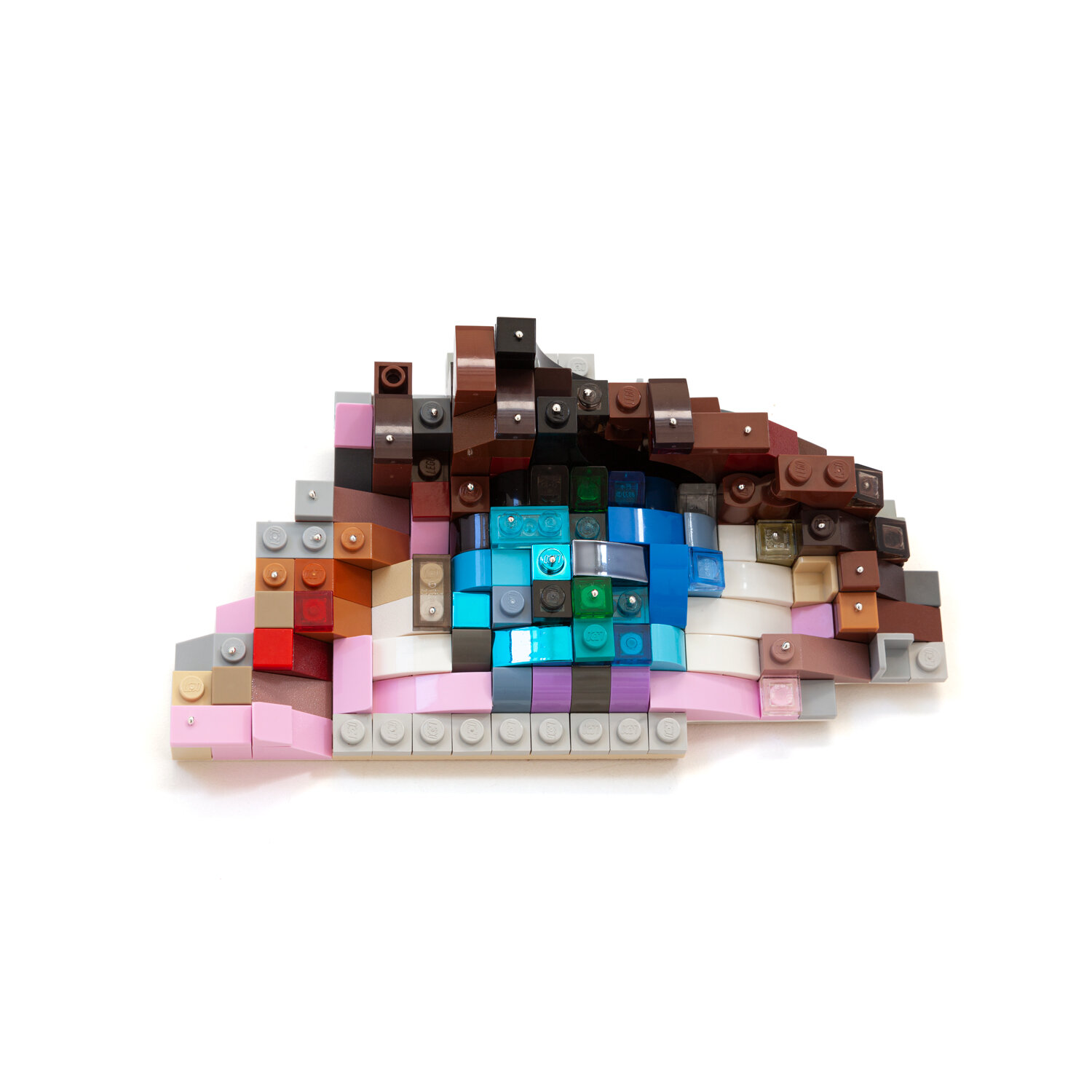
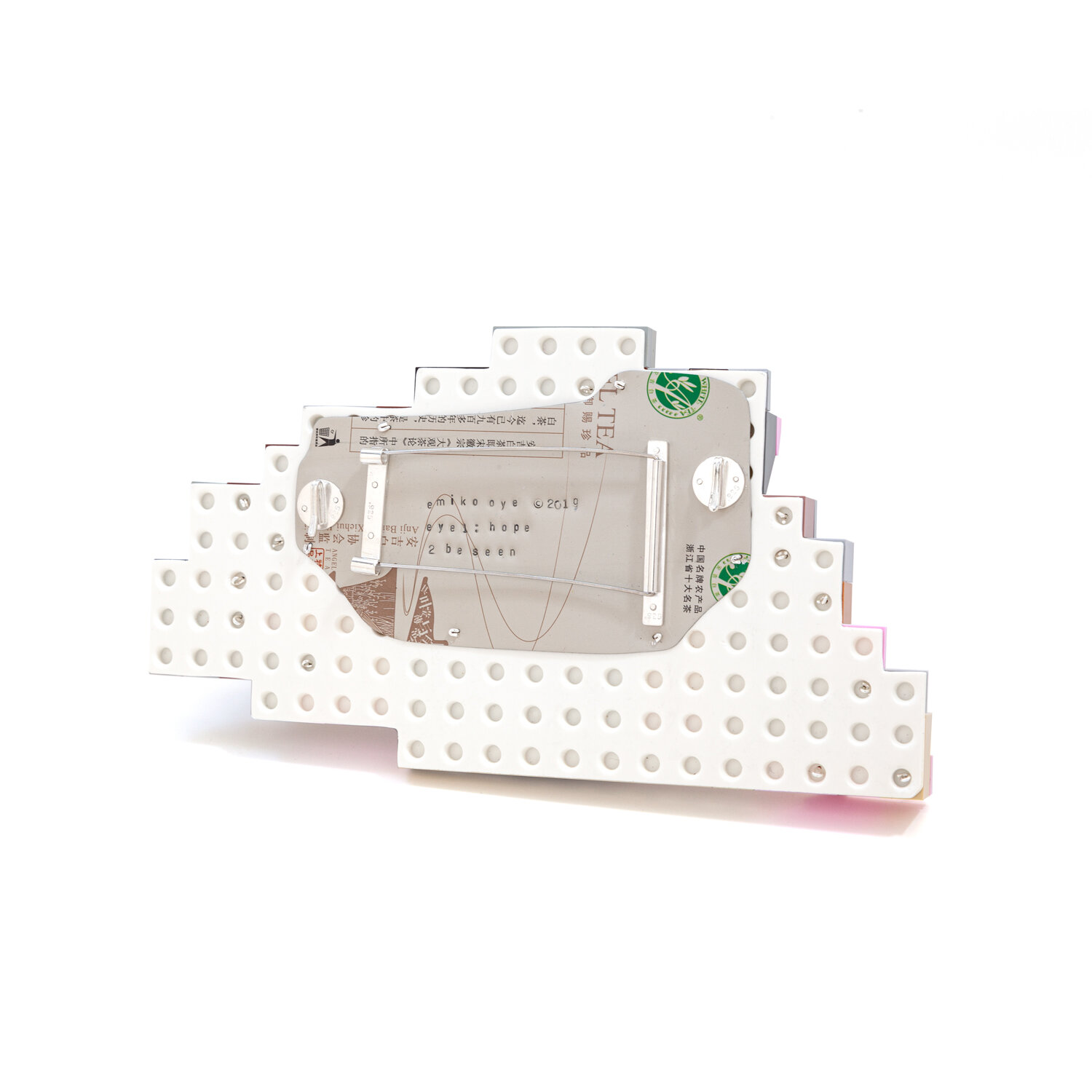
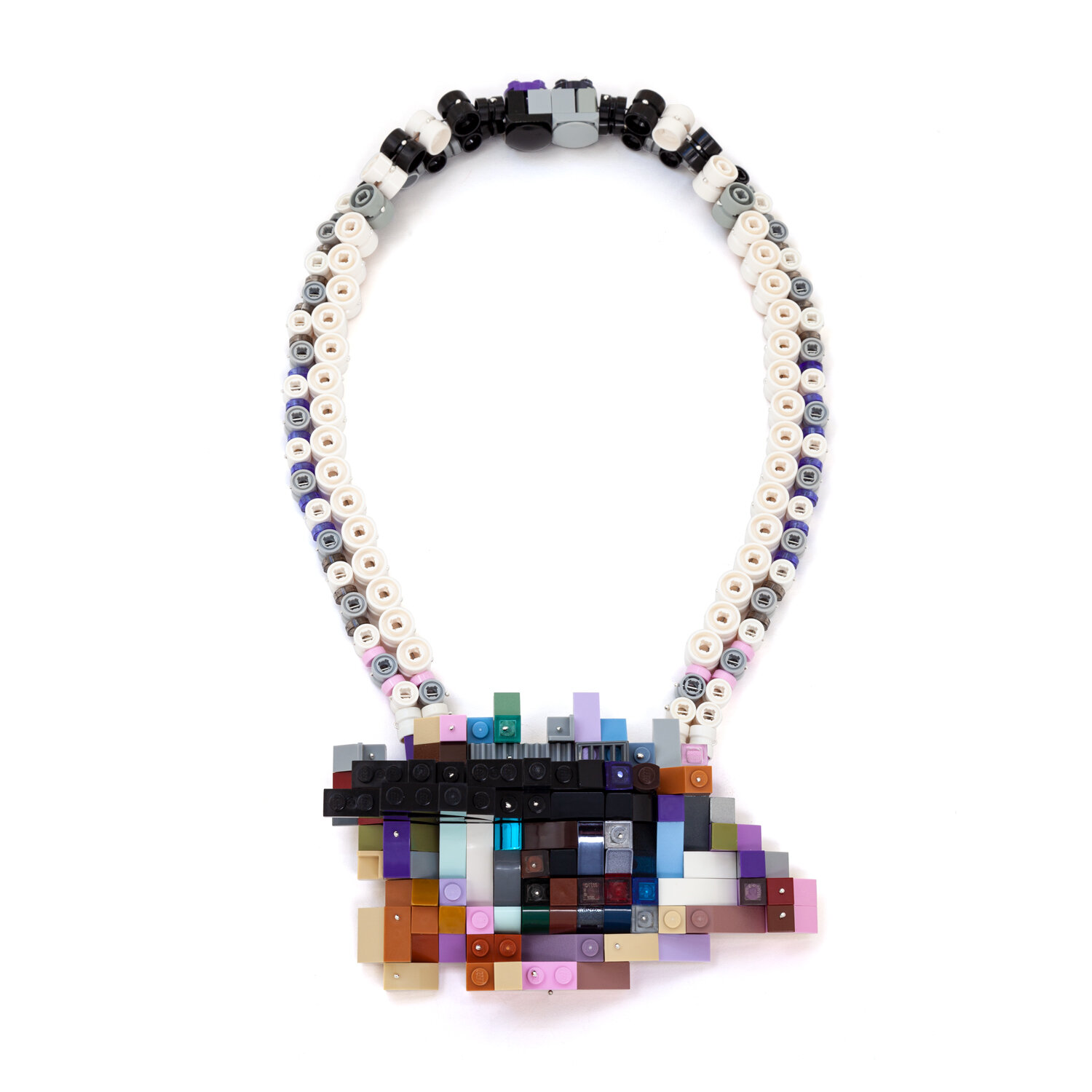
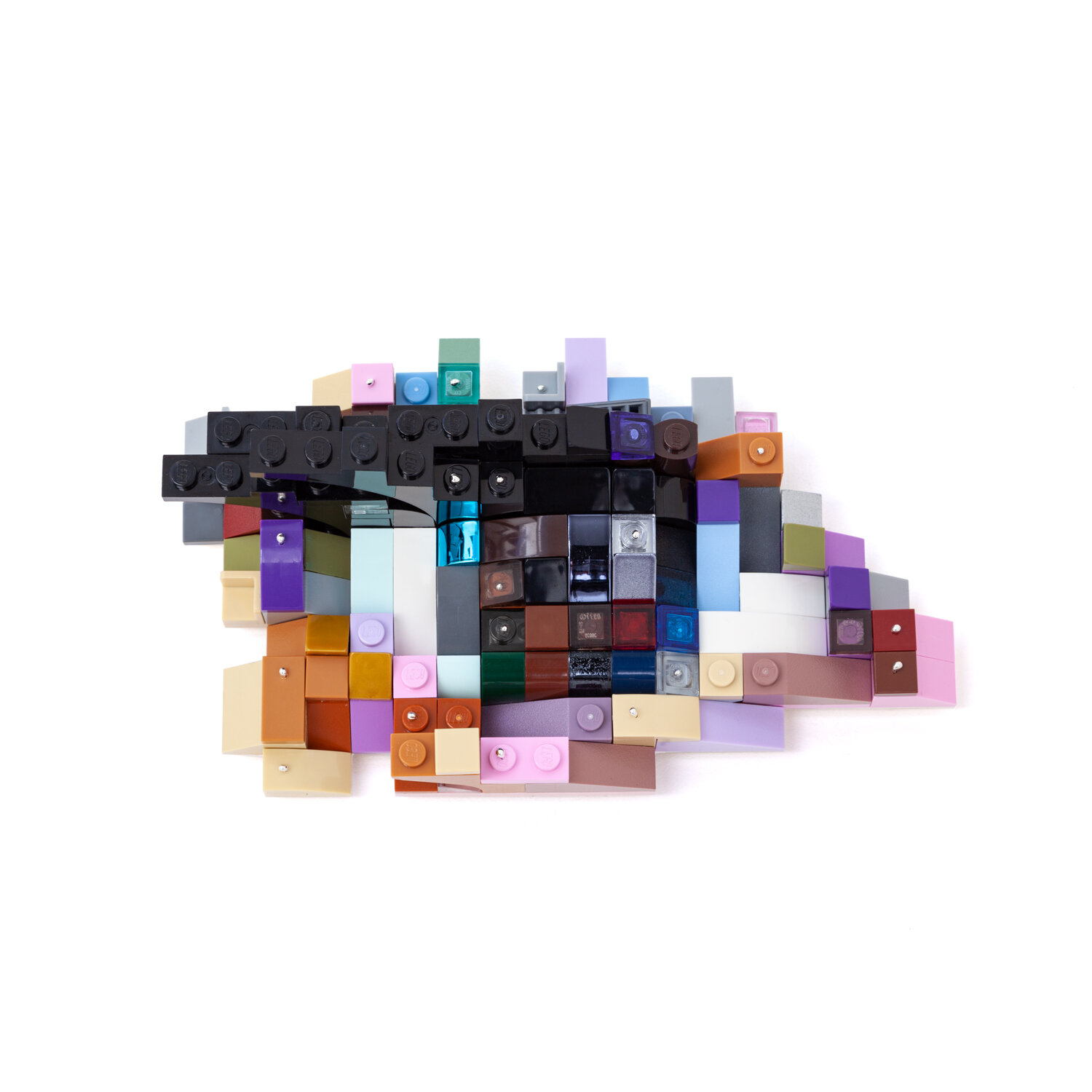
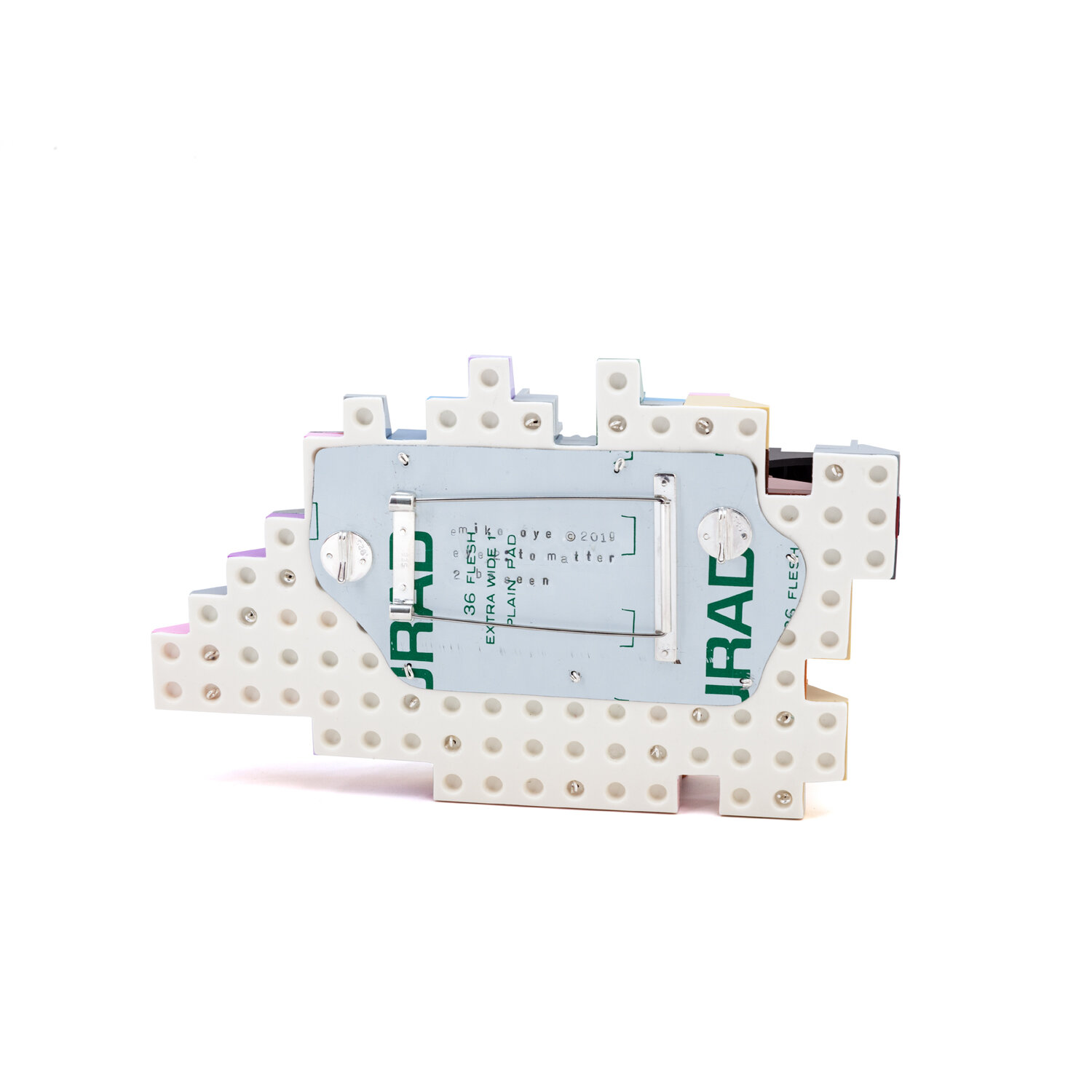
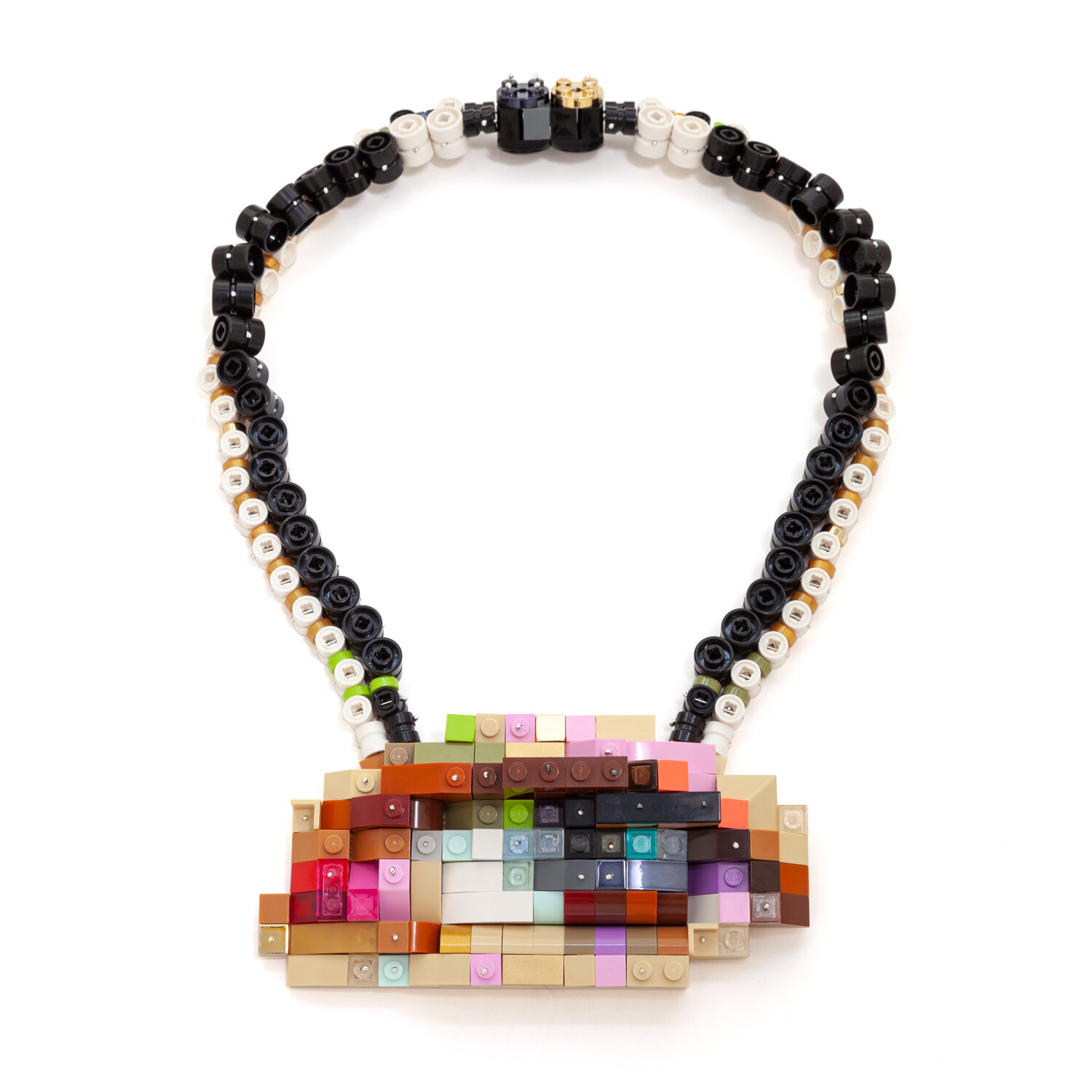

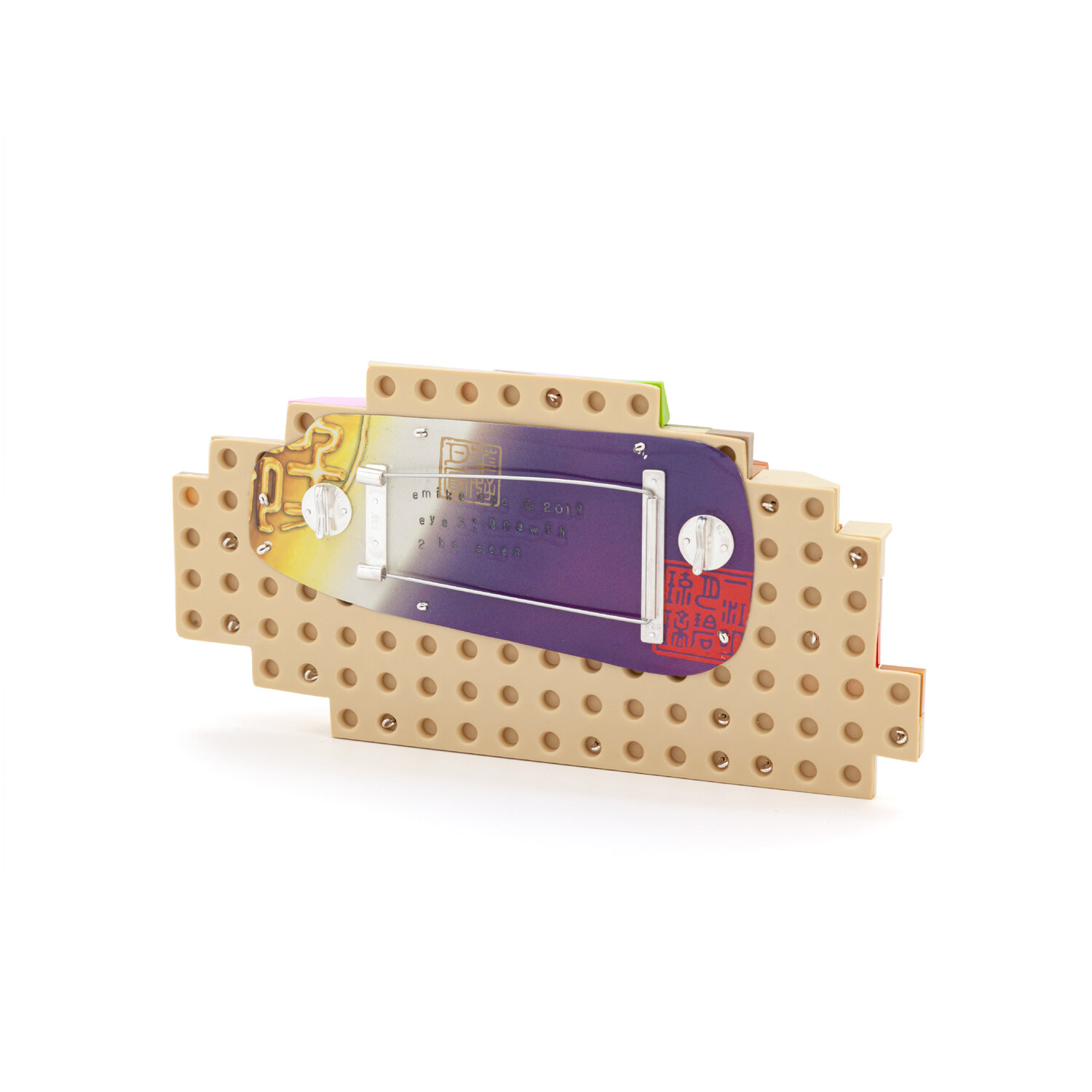
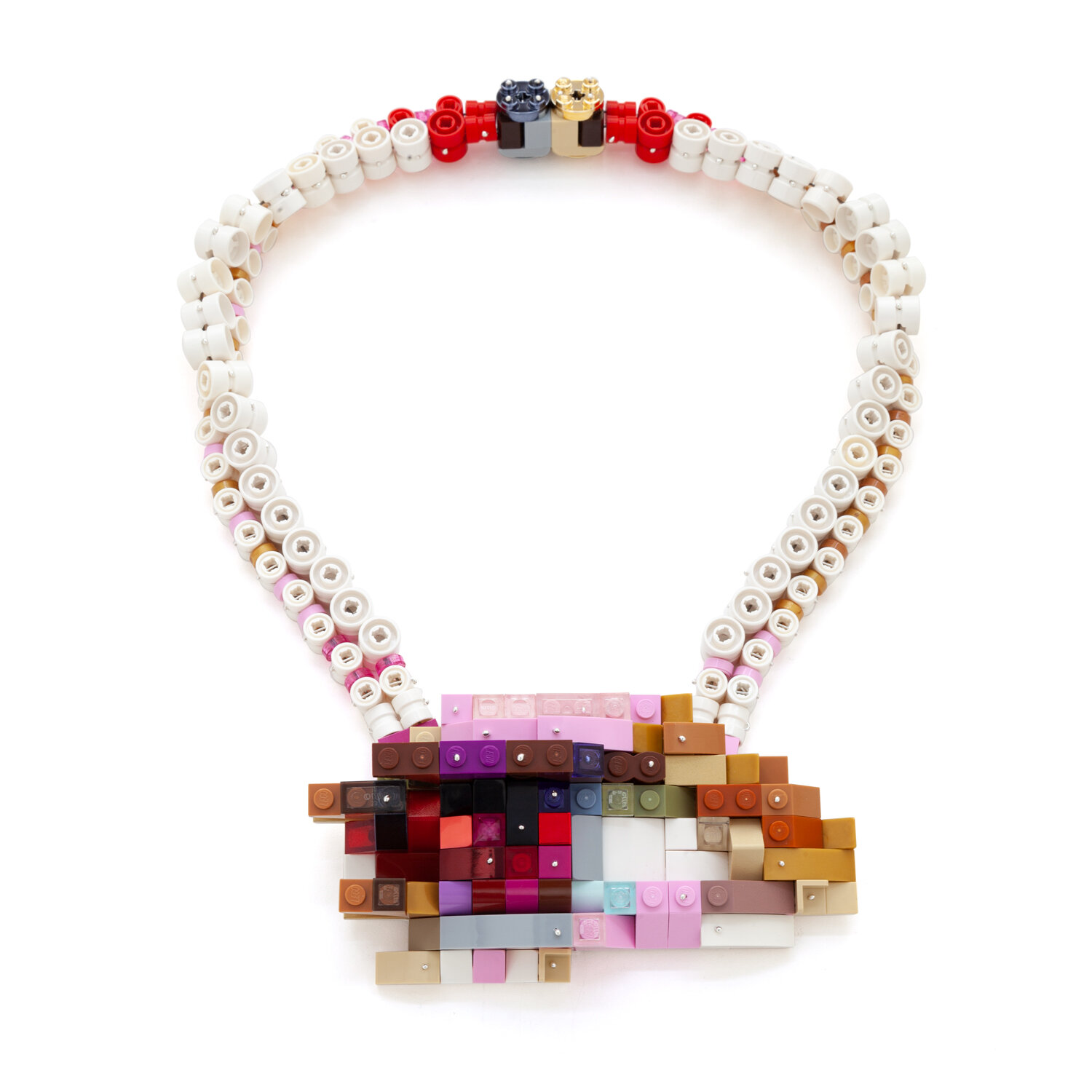
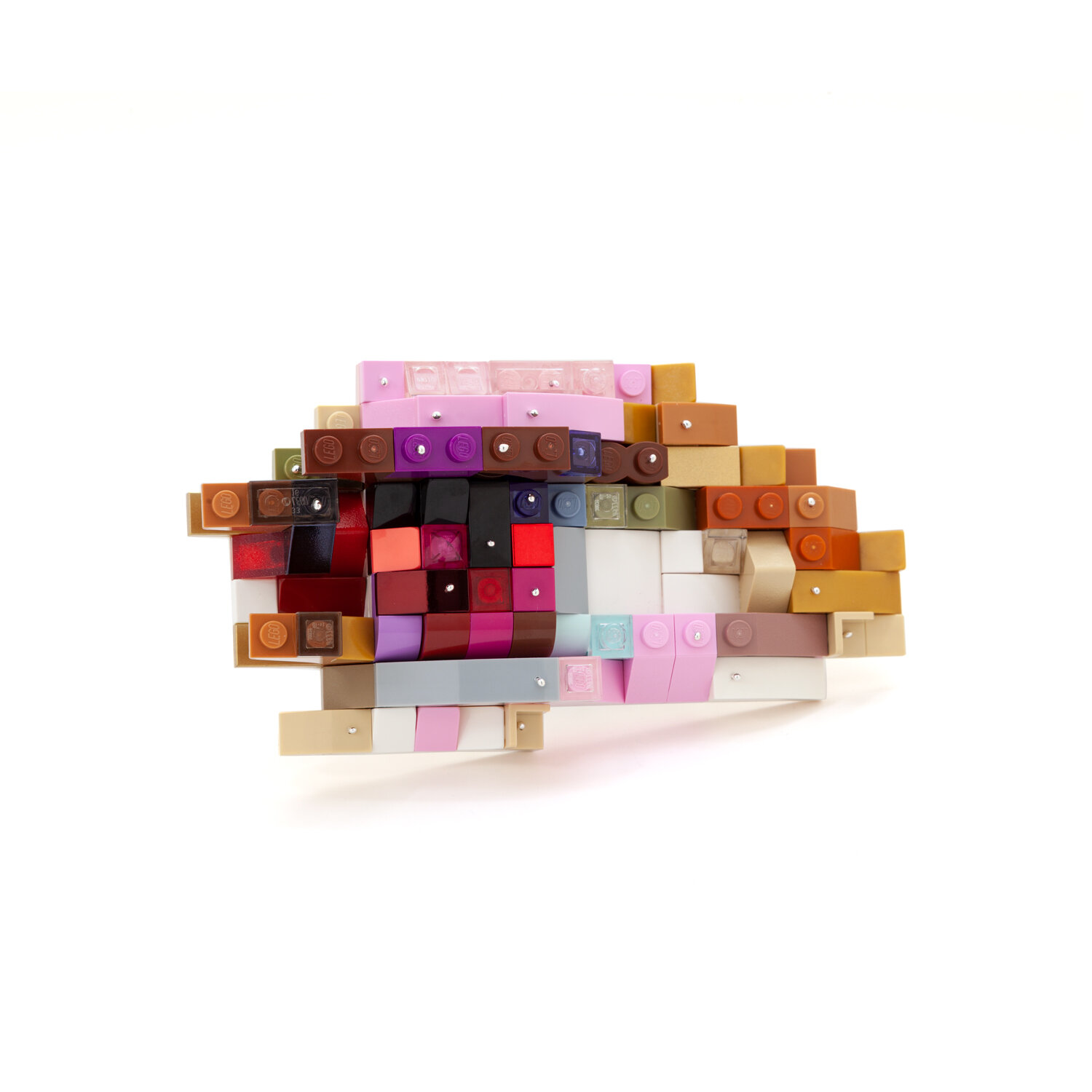
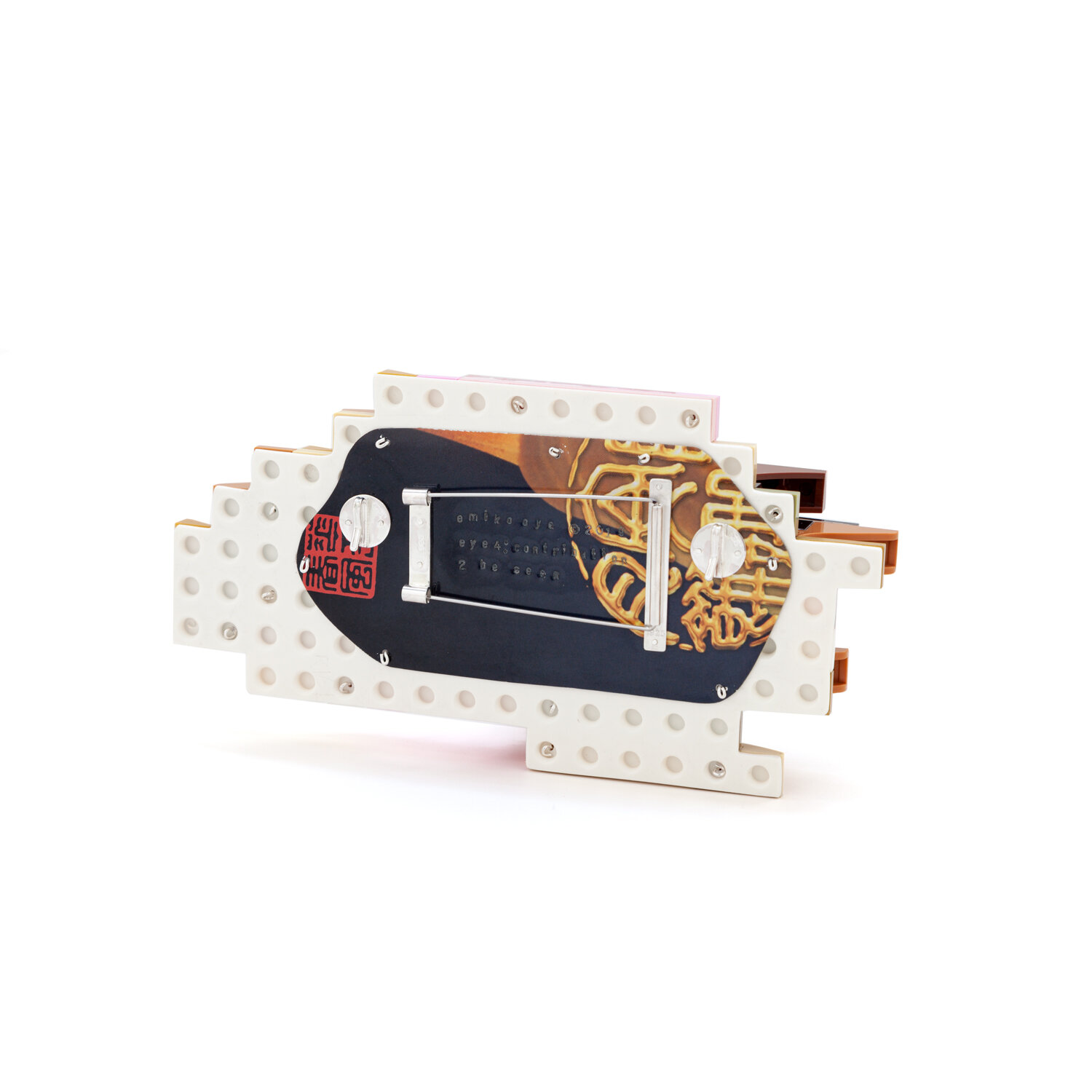
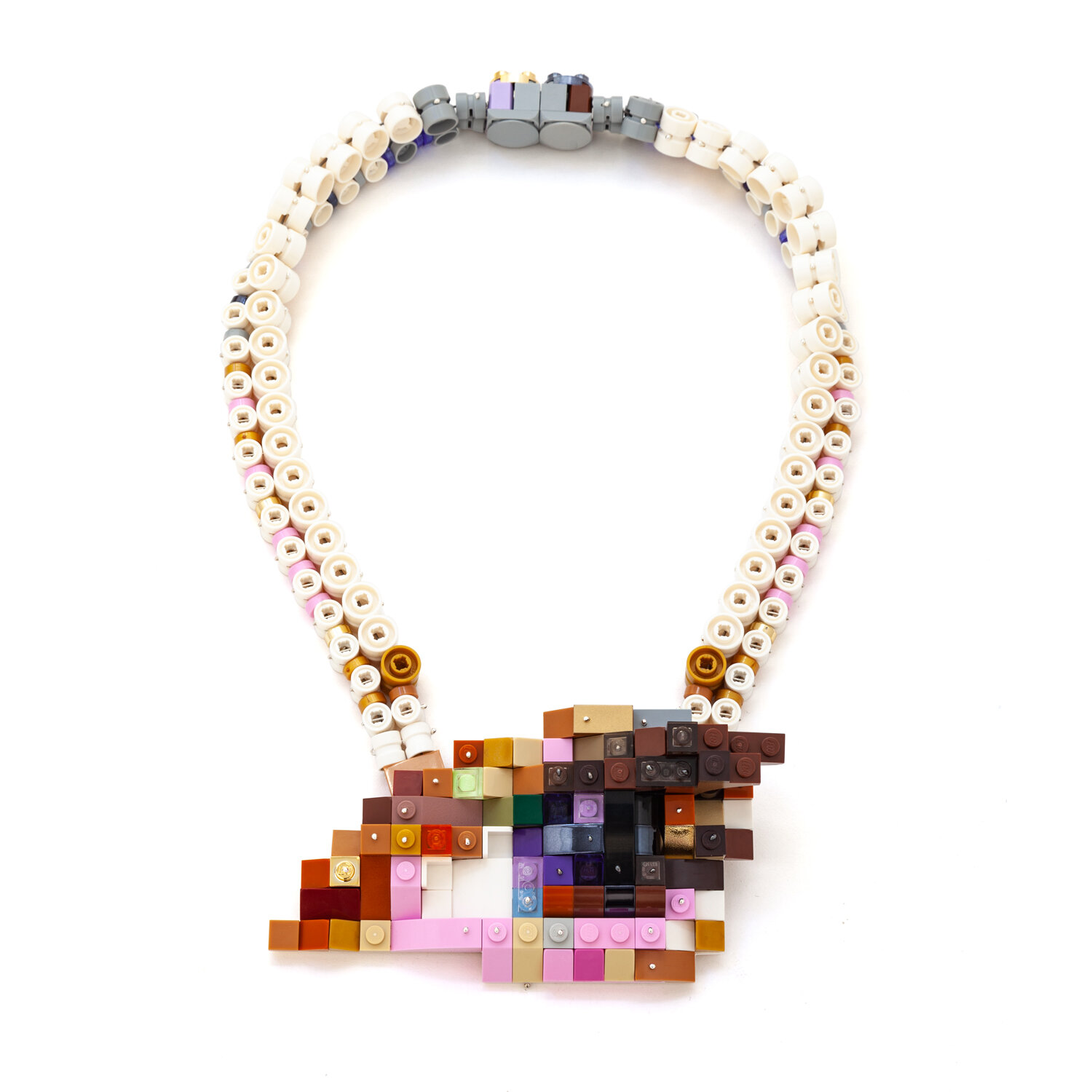
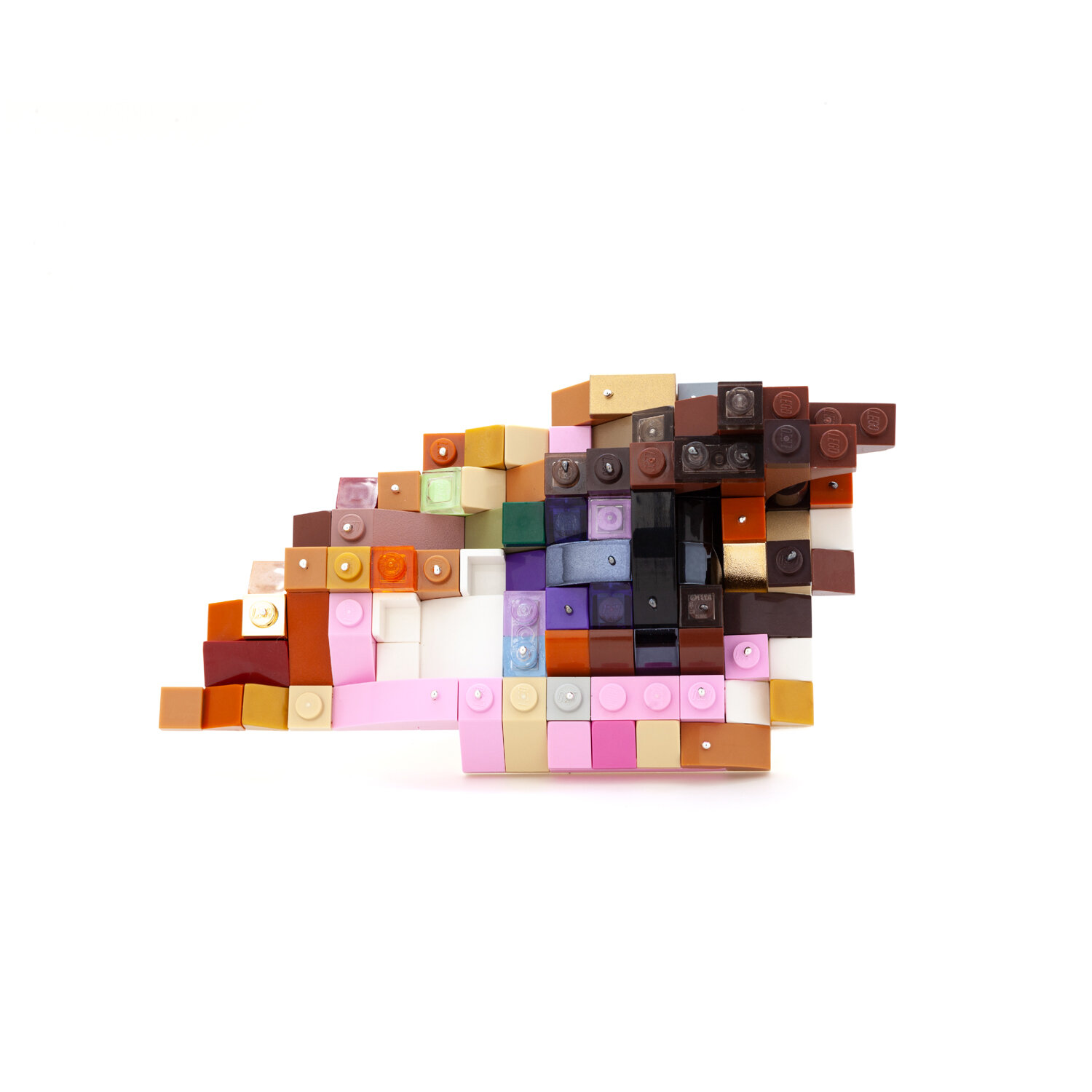
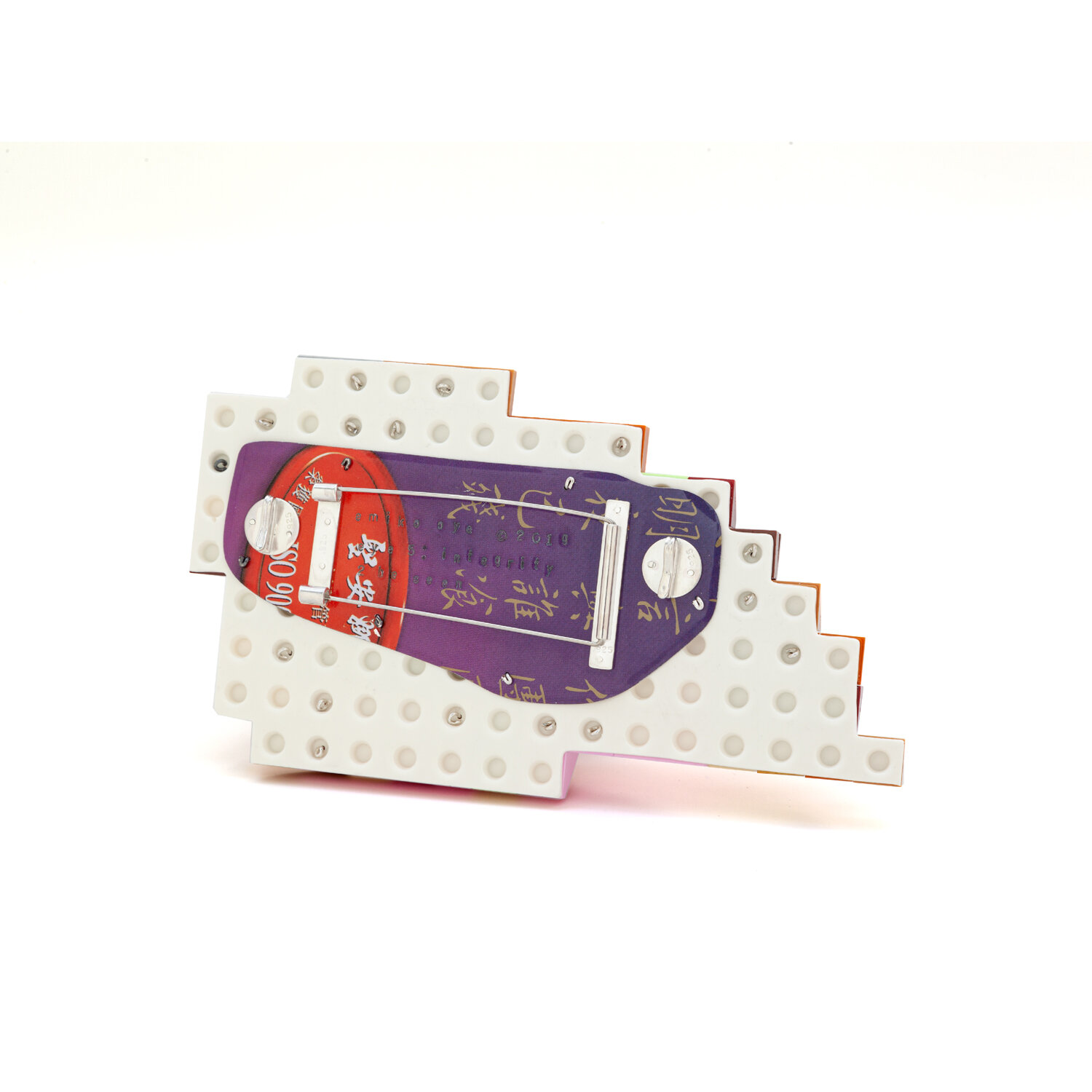
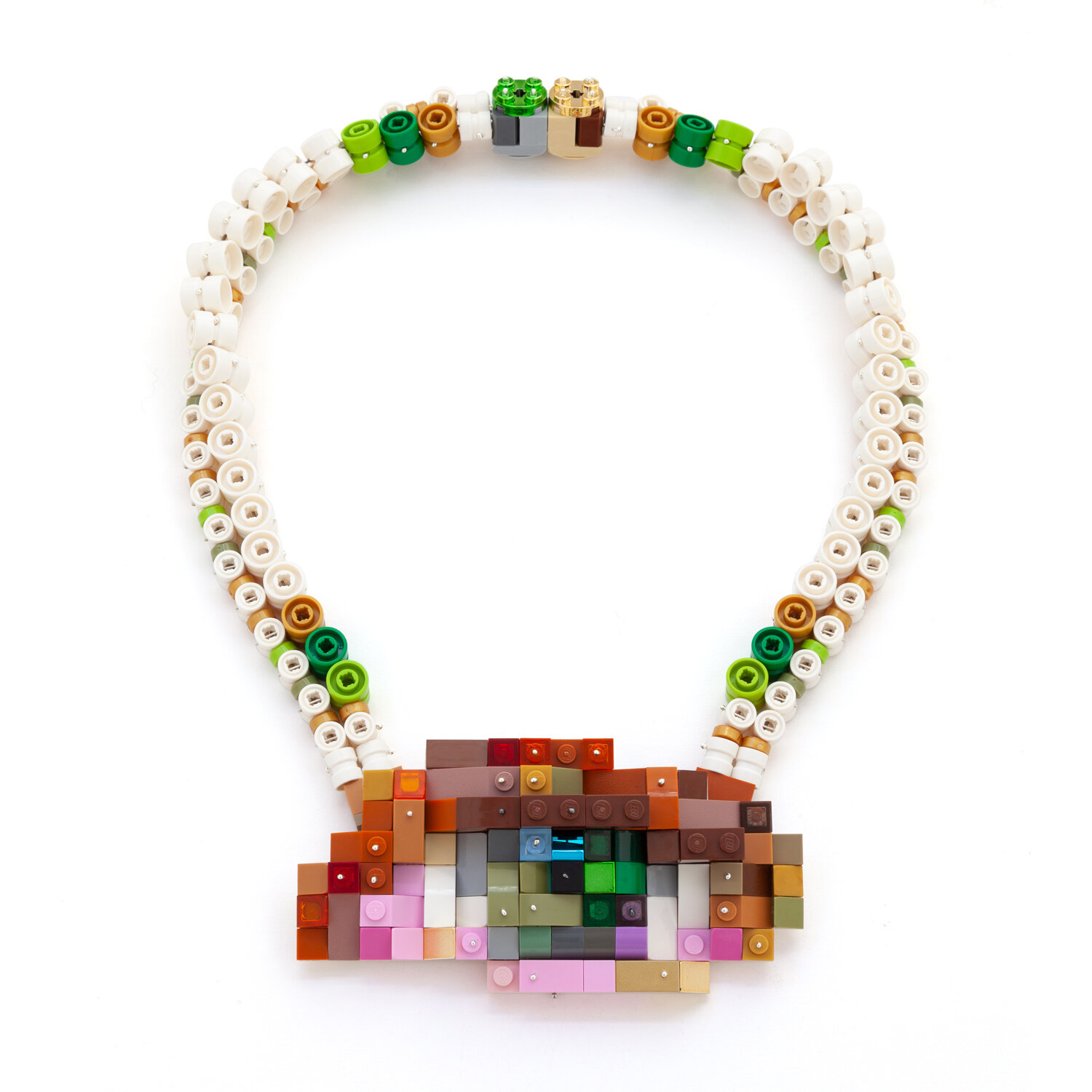
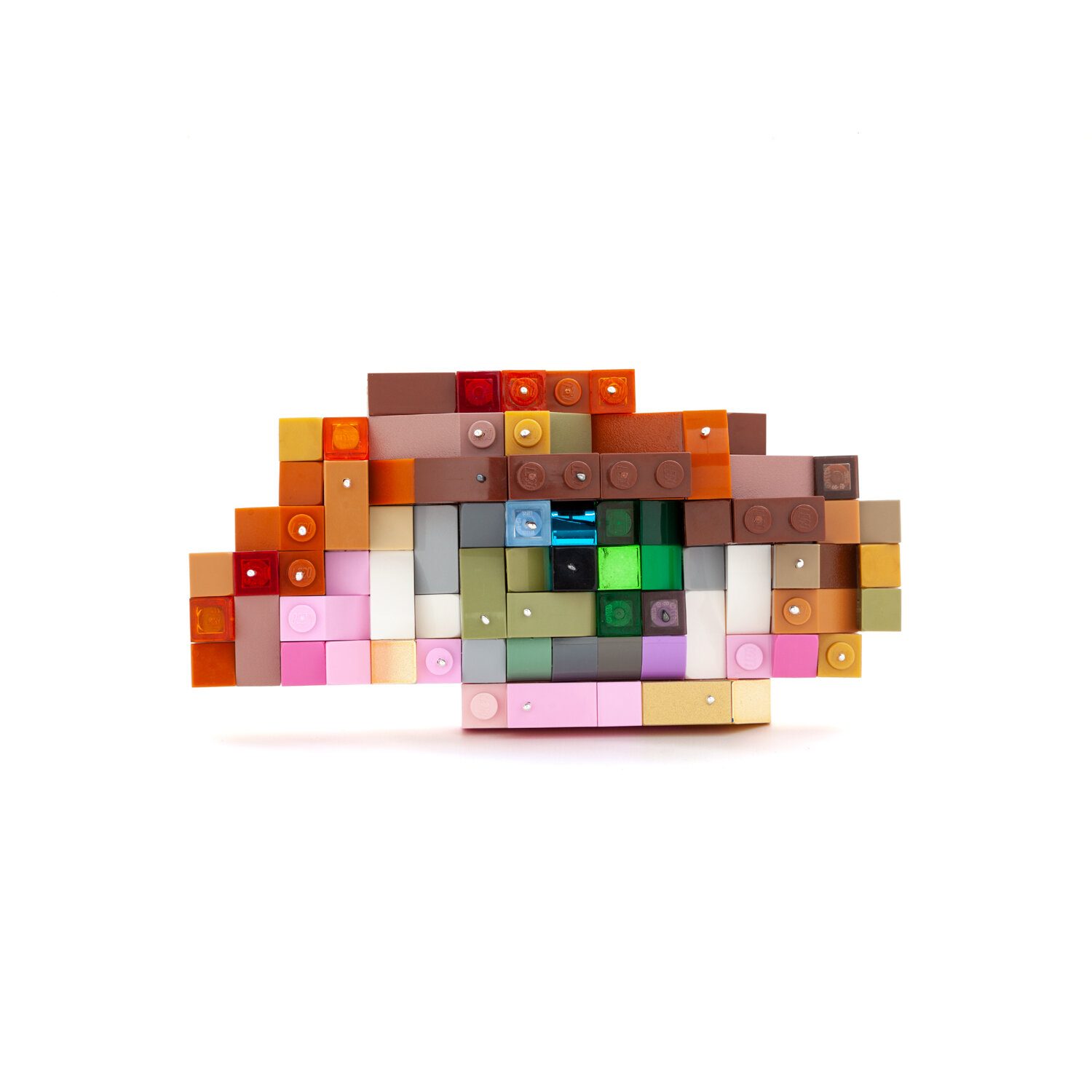
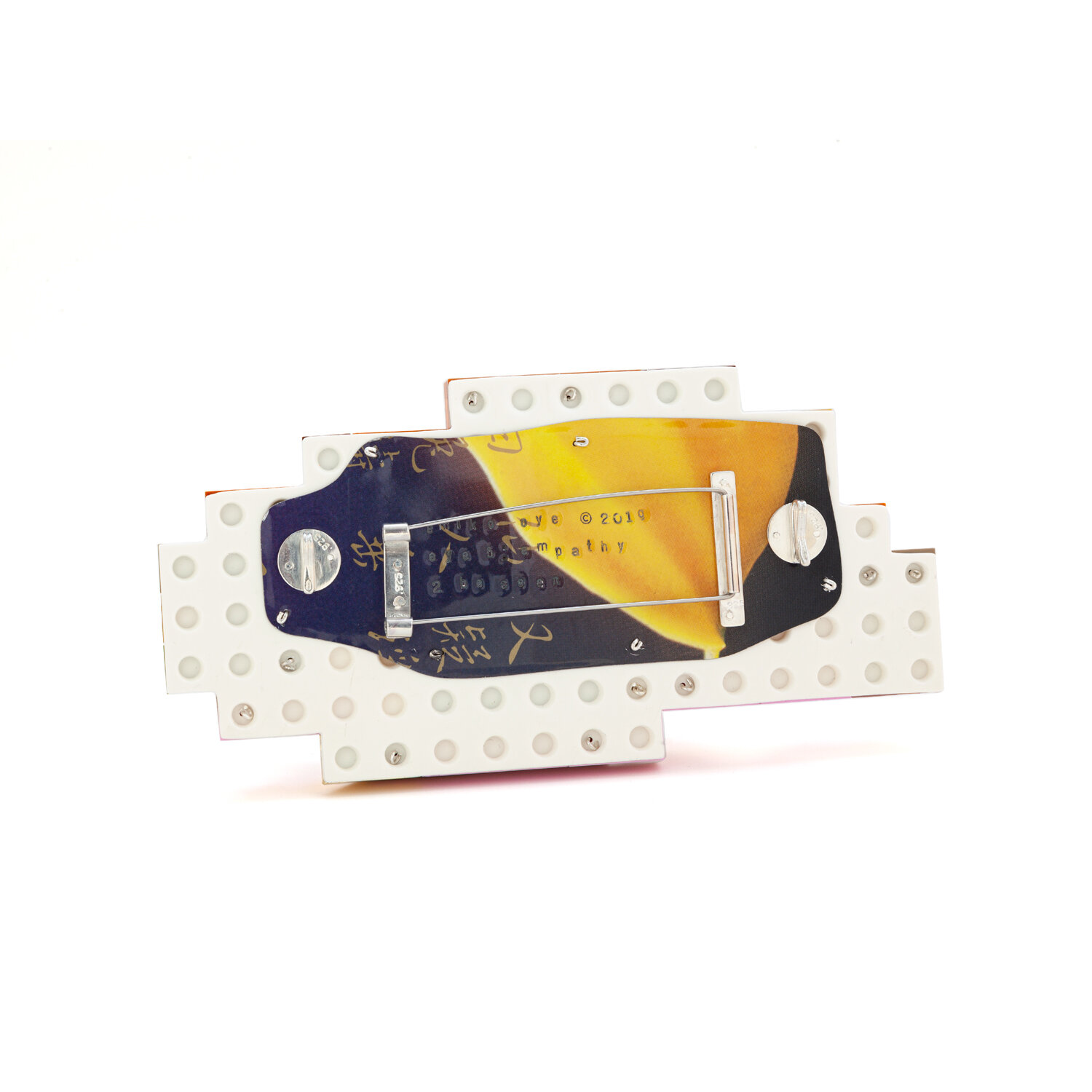
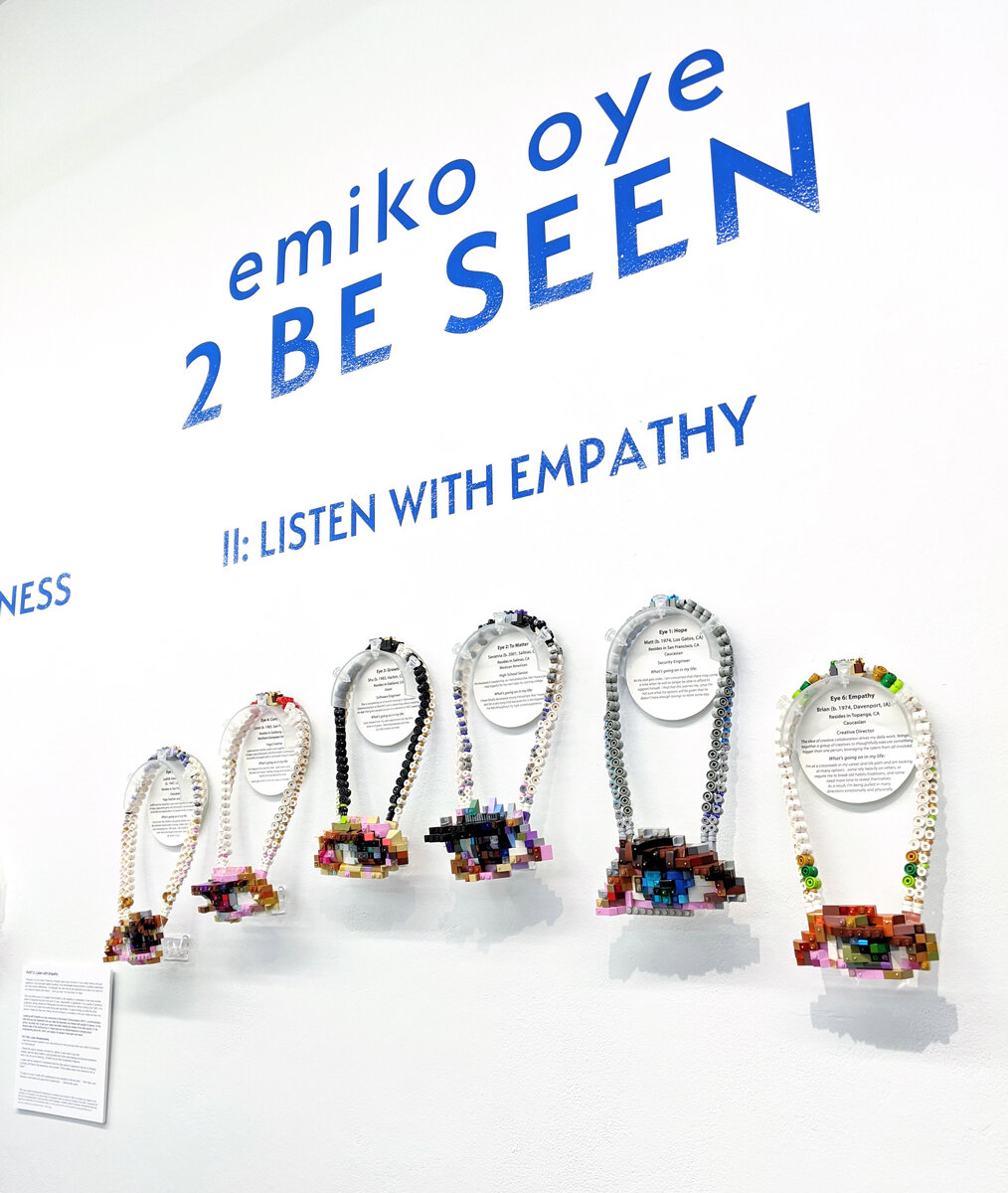
PART 2: Listen with Empathy
“Empathy is at the heart of listening. Empathy plays many functions: it can create healing and build resilience; it can stimulate healthy bonding; it can de-escalate strong emotions, facilitate understand, and help resolve differences…it challenges the view that we are separate and invites us to reach for our shared humanity with others” –Oren Jay Sofer, from Say What You Mean
Oren Jay Sofer goes on to explain that Empathy is the capacity to understand or feel what another person is experiencing from their point of view, independent of agreement. It is a quality of presence, a genuine, caring interest and willingness to be with the experience, without having to be “right” or fix it. It’s not so much about the words being said specifically; it’s about finding out what the other person’s needs are that aren’t being met and coming to a mutuality so that your needs are also met.
Listening with Empathy is a key component of Nonviolent Communication (NVC)*, a communication style that you can implement into your daily life whenever you interact with people (in person, on the phone, via email, etc), to get your needs met while meeting the needs of the other person. In the divisive state of the world we live in, these tools can be transformational in bringing about understanding about the “other” and largely, for people to feel seen and heard.
These eyes represent people from many aspects of my life who have made a commitment to being in connection with others, through wholehearted presence, curious spirit, and a willingness to see and be seen.
The concept for 2 Be Seen was inspired by the life-long work of my teacher, Judith Hanson Lasater along with her daughter Lizzie Lasater in how they make accessible the fields of yoga, yoga philosophy and Nonviolent Communication to real people living in today’s world. My experience participating in their workshops/trainings, online courses, monthly calls has been life-changing, and allowed me to finally merge my beloved worlds of art jewelry and yoga.
emiko oye © 2019
Eye 1: Hope
Convertible neckpiece/brooch, 2019
Repurposed, recycled and chromed LEGO®, Argentium silver, recycled steel back, steel pin, coated steel cable neck cord
Brooch dimensions in inches: 3.4375 H x 6.25 W x 2 D
Neck cord dimensions: 1.875 W x 0.5-0.75 D x 22 inside circumference
Eye 2: To Matter
Convertible neckpiece/brooch, 2019
Repurposed, recycled and chromed LEGO®, Argentium silver, recycled steel back, steel pin, coated steel cable neck cord
Brooch dimensions in inches: 3.5 H x 5.625 W x 2.375 D
Neck cord dimensions: 0.75 W x 0.5-0.875 D x 21.75 inside circumference
Eye 3: Growth
Convertible neckpiece/brooch, 2019
Repurposed, recycled and chromed LEGO®, Argentium silver, recycled steel back, steel pin, coated steel cable neck cord
Brooch dimensions in inches: 5.625W x 2.875H x 0.175D
Neck cord dimensions: 0.75W x 0.5-0.875D x 21.75 inside circumference
Eye 4: Contribution
Convertible neckpiece/brooch, 2019
Repurposed, recycled and chromed LEGO®, Argentium silver, recycled steel back, steel pin, coated steel cable neck cord
Brooch dimensions in inches: 5 W x 2.75 H x 1.875 D
Neck cord dimensions: 0.75 W x 0.5-0.875 D x 22 inside circumference
Eye 5: Integrity
Convertible neckpiece/brooch, 2019
Repurposed, recycled and chromed LEGO®, Argentium silver, recycled steel back, steel pin, coated steel cable neck cord
Brooch dimensions in inches: 5 W x 2.875 H x 1.75 D
Neck cord dimensions: 0.75 W x 0.5-0.875 D x 20.5 inside circumference
Eye 6: Empathy
Convertible neckpiece/brooch, 2019
Repurposed, recycled and chromed LEGO®, Argentium silver, recycled steel back, steel pin, coated steel cable neck cord
Brooch dimensions in inches: 5 W x 2.5 H x 1.27 D
Neck cord dimensions: 0.75 W x 0.5-0.875 D x 20 inside circumference
* NVC was created by Marshall B. Rosenberg as a mediation tool during the 1960’s civil rights riots. Based on the principles of nonviolence-- the natural state of compassion when no violence is present in the heart, it assumes that we are all compassionate by nature and that violent strategies—whether verbal or physical—are learned behaviors taught and supported by the prevailing culture. It is seen as a powerful tool for peacefully resolving differences at personal, professional, and political levels. (cnvc.org)
